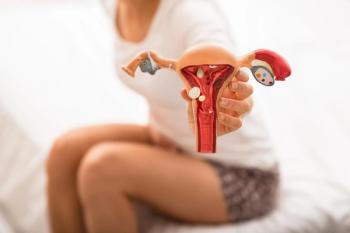
Do pay-for-performance programs really produce quality care?
Not really, according to a study in the Journal of the American Medical Association (10/12/05). The study compared the impact of a pay-for-performance program on quality of care within two sets of physician groups within PacifiCare Health Systems. The study involved an intervention group, which received bonuses for meeting or exceeding 10 clinical and service quality targets, and a comparison group. Both groups were assessed against three measures: cervical cancer screening, mammography, and hemoglobin A1c testing.
Not really, according to a study in the Journal of the American Medical Association (10/12/05). The study compared the impact of a pay-for-performance program on quality of care within two sets of physician groups within PacifiCare Health Systems. The study involved an intervention group, which received bonuses for meeting or exceeding 10 clinical and service quality targets, and a comparison group. Both groups were assessed against three measures: cervical cancer screening, mammography, and hemoglobin A1c testing.
The researchers found that improvements in all three quality measures occurred in both the intervention group and comparison group. However, only the improvement in cervical cancer screening was significantly greater in the intervention group than the comparison group. Interestingly, the researchers also found that the physician groups whose performance was initially the lowest had the most improvement. In contrast, those groups that had already achieved the targeted performance level maintained the status quo and showed the least improvement. The researchers concluded that paying for performance may produce few gains in quality for the money spent and that the current system rewards practices that already meet target goals even before a quality incentive program is implemented.
Newsletter
Get the latest clinical updates, case studies, and expert commentary in obstetric and gynecologic care. Sign up now to stay informed.










